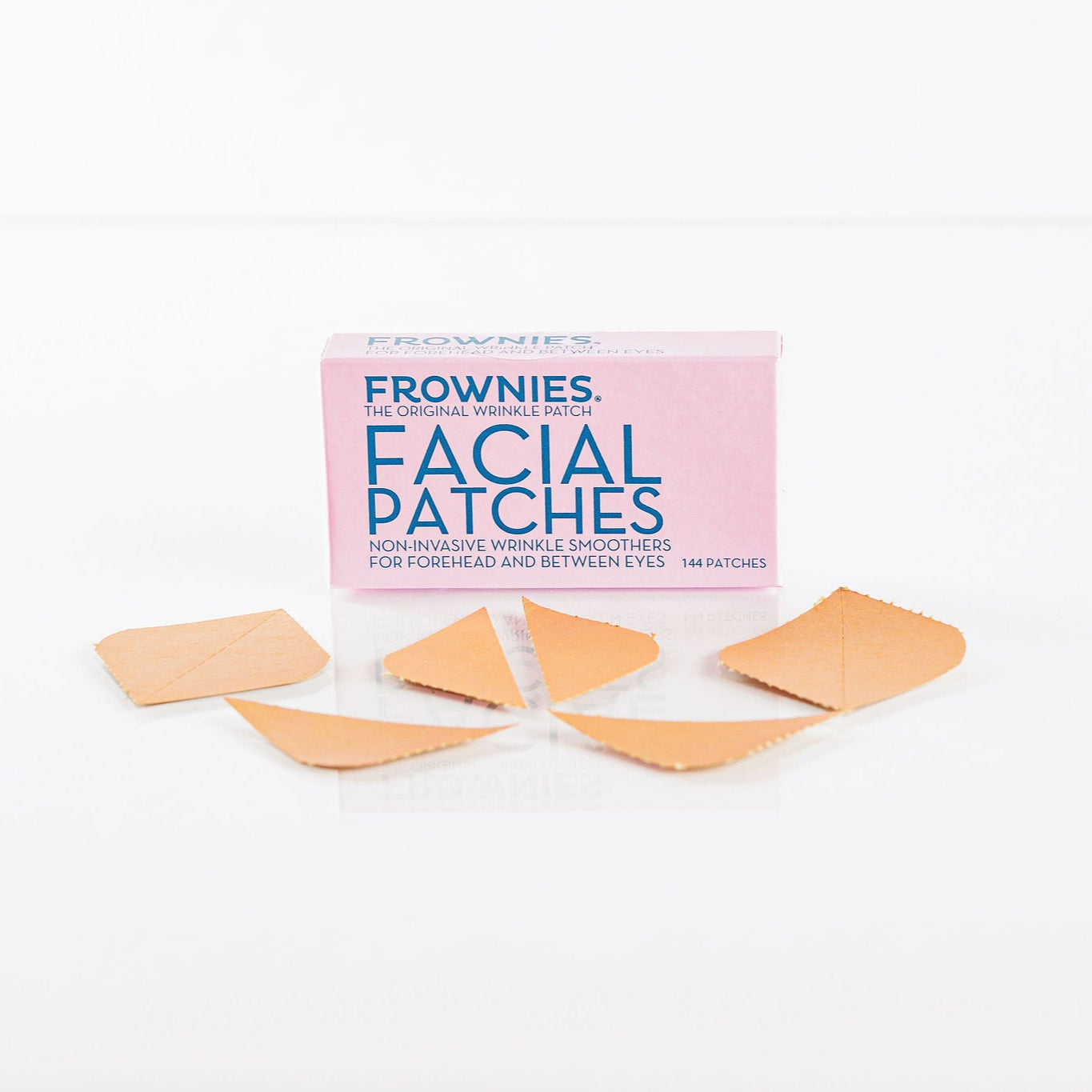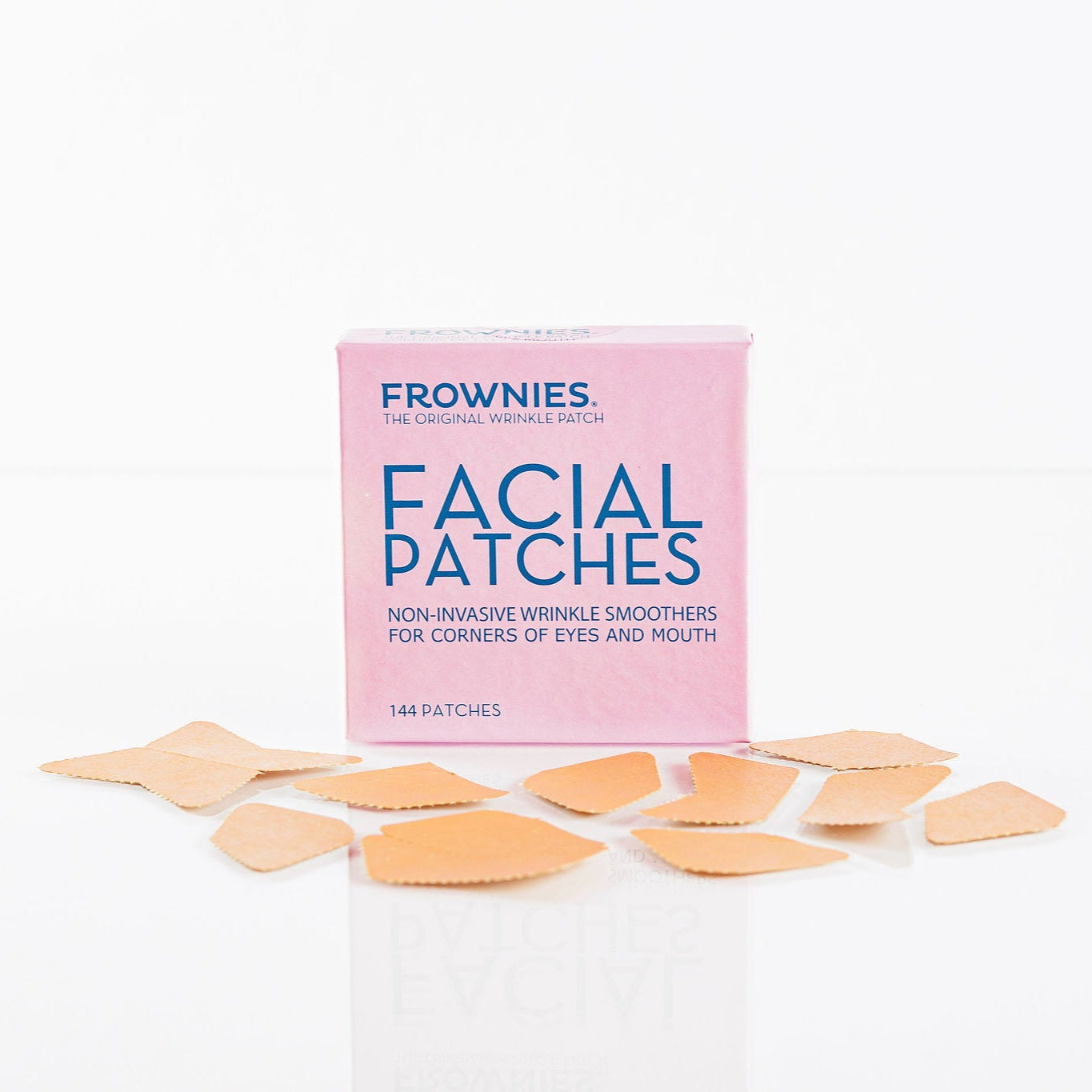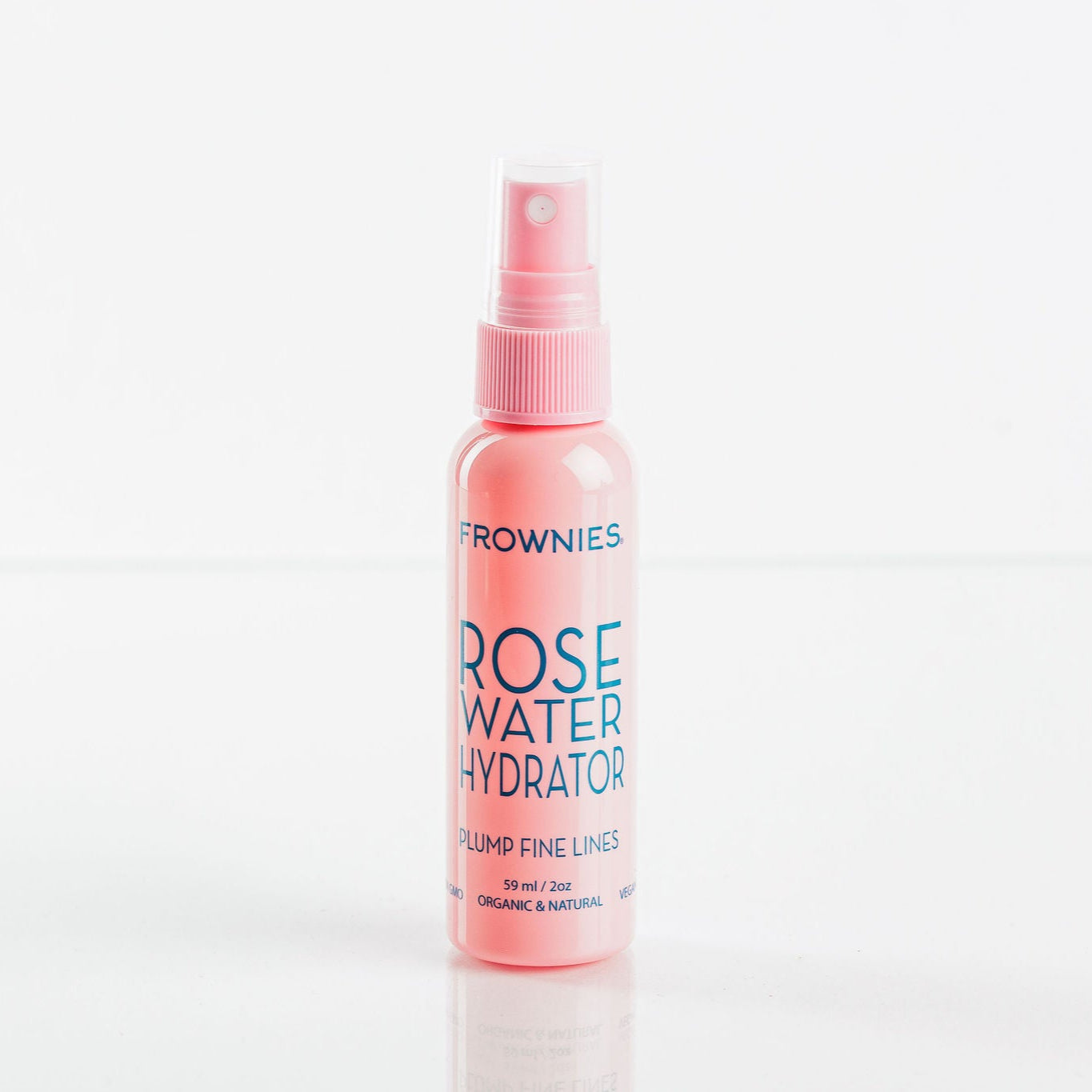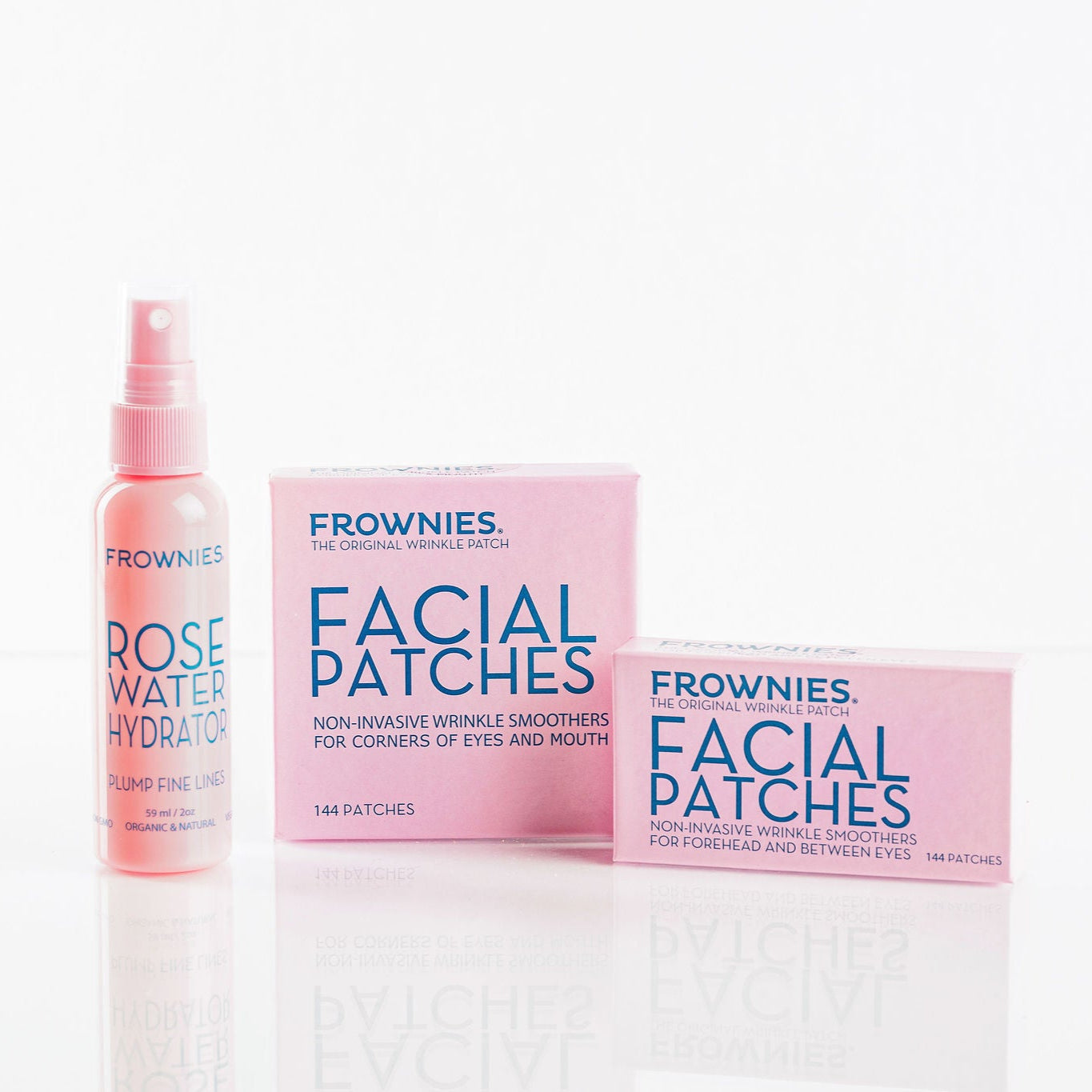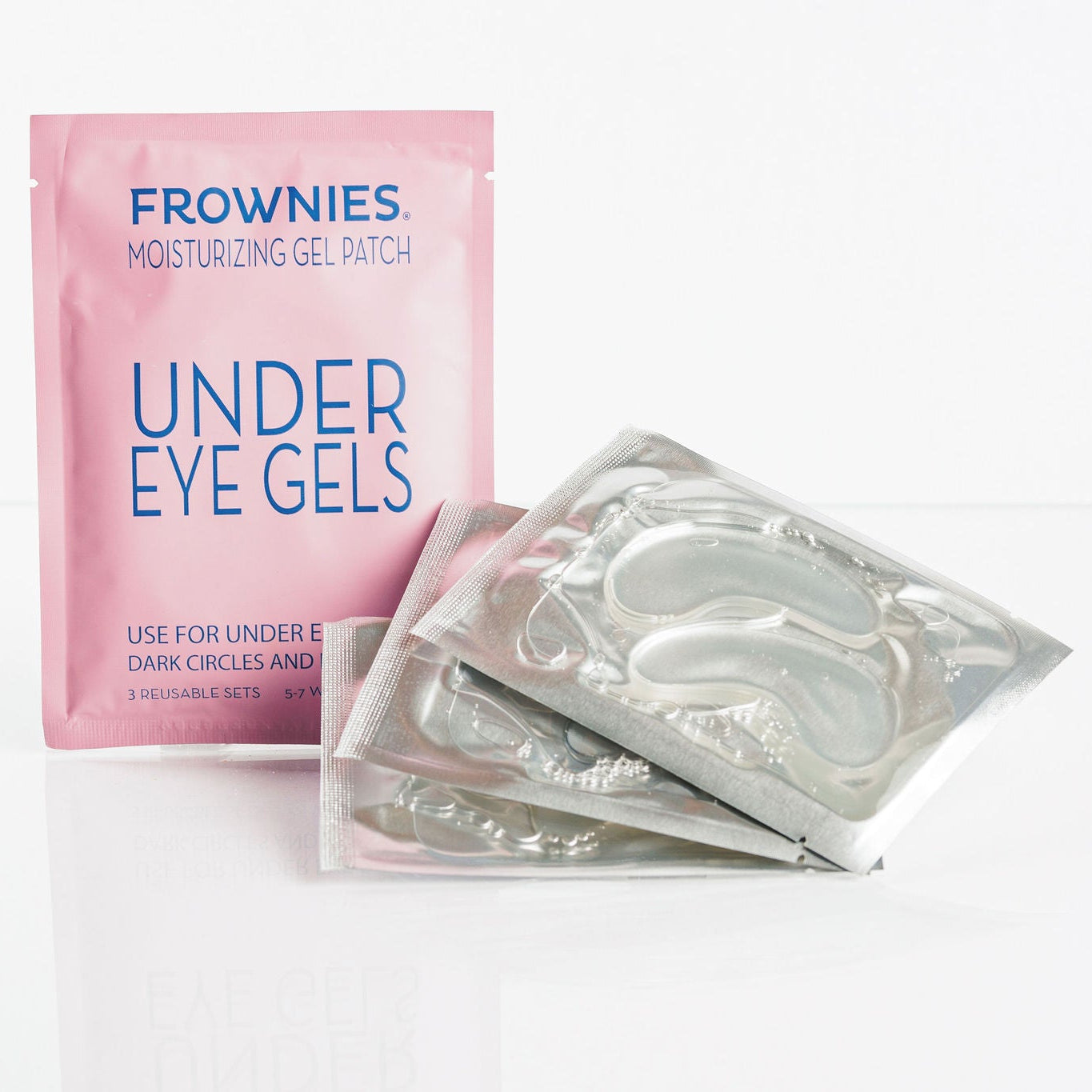
Due to the questionable safety of some chemicals in common sunscreen products, zinc oxide sun lotions seem to be gaining popularity again. But are you doomed to sport the thick, white paste of zinc oxide sun lotion in the name of health? Luckily, zinc oxide lotions have come a long way since the white noses sported by the lifeguards in the 70s or the neon color sticks of the kids in the 90s. But you may be wondering what is zinc oxide? Is it really safe and effective? And how does zinc oxide really stack up as a sun protectant?
School is out and summer vacation is in full swing! After your first day on the beach or by the pool, you may have come away with a little too much sun in the form of the dreaded sunburn. We are all well aware of the dangers of too much sun – wrinkles, age spots, and skin cancer! Unfortunately in recent years, it seems that sunscreen's safety has also come into question. While grabbing sunscreen at the local beach shop is convenient, it is overwhelming to worry about which brands may be doing more harm than good.
Many consumers have turned to natural sun lotions with an active ingredient that has been around since the invention of sunscreen – zinc oxide.

What is Zinc Oxide Used For?
Zinc oxide is a white, powdery mineral compound with a long history of use in cosmetics. Zinc oxide is most widely known for its use in sunscreens; however, zinc oxide is often also used in other skincare products such a face lotions and diaper rash creams.
Here are six surprising benefits of zinc oxide for the skin:
Six Skin Benefits of Zinc Oxide
Zinc oxide has been shown to be good for your skin! The mineral has been used in cosmetics and topical medicine for many, many years with some studies dating back to the 1940s.
Zinc oxide has been shown to:
Can Zinc Oxide Be Harmful?
The good news is that zinc oxide is considered extremely safe, both for humans and the environment. Zinc oxide occurs in nature as zincite; however, due to the quantities needed in cosmetics and medicine, most zinc oxide is produced in lab and is generally accepted as a “safe synthetic.”
Over many decades of research, zinc oxide has shown no carcinogenic effects, meaning it likely does not cause cancer. Zinc oxide also has relatively little absorption through the skin via topical applications.
However, recently questions have arisen on the safety of zinc oxide “nano-particles.” Zinc oxide nano-particles were created to avoid the signature – and somewhat unsightly – white-cast on the surface of the skin while still providing the same sun protective benefits.
Current studies show that even nano-particles are safe with little absorption through the skin. In the name of safety, some brands have opted to use non-nano-particles, which are slightly larger nano-particles that do no appear to be absorbed through the skin.
More in-depth studies appear to show that even when zinc oxide nano-particiles are absorbed through the skin or lungs, it is not damaging or cancer-causing making sunscreens with zinc oxide safer than many chemical sunscreens on the consumer market today.

Is Sunscreen With Zinc Oxide Better?
In the United States, the Food and Drug Administration (FDA) sets the guidelines for sunscreen use. The FDA also approves the safety and effectiveness of all sunscreens. There are two types of sunscreens – chemical and physical. And many sunscreens provide a combination of both physical and chemical sun-blocking ingredients.
Chemical sunscreens contain ingredients that are absorbed into the skin and work by absorbing the sun’s UV rays, while physical sunscreens, including zinc oxide, sit on the surface of the skin.
Zinc oxide is considered a physical sun barrier. Zinc oxide creates a protective layer on the surface of the skin. Zinc oxide particles protect the skin from burns by absorbing and reflecting the harmful UV rays of the sun.
If you are looking for an alternative to potentially-harmful chemical sunscreen ingredients that are absorbed into the skin and may leach into the bloodstream, a physical sun protectant such a zinc oxide may be your preferred option.
Zinc oxide is considered a natural sun repellent; although, most zinc oxide is synthetically produced for use in sun lotions, cosmetics, and medical bandages.
A sunscreen’s SPF, or the sun protection factor, indicates how much UV radiation is able to penetrate to your skin. Surprisingly, SPF only measures the protection against the sun’s UVB rays, which are the ones that cause sunburns.
According to the Environmental Working Group (EWG), zinc oxide is one of only two ingredients that effectively protects against the sun’s UVA rays. While UVA rays may not cause a sunburn, the radiation is still responsible for other skin damage including premature aging, dark spots, and wrinkles.
In summary, zinc oxide is one of 17 ingredients approved for sun protection by the FDA and is an excellent option in sunscreens and sun lotions. Because it is a physical sunscreen and works by creating a barrier on the surface of the skin, you should take precautions to reapply lotions with zinc oxide after swimming and rigorous activity in order to maintain the sun-protective benefits.

Can You Use Zinc Oxide on Your Face?
As mentioned above, zinc oxide is considered extremely safe as a skincare ingredient.
Zinc oxide can not only protect the skin on your face from damaging UVA and UVB rays, but it also has a host of other benefits for the skin on your face. Zinc oxide is an ideal ingredient for face lotions as it may be used to calm redness, balance oily skin, and treat acne.
If you are looking for a natural face lotion containing zinc oxide, try Frownies Moisturizer Face and Neck with Zinc Oxide. Frownies Moisturizer Face and Neck with Zinc Oxide is Frownies’ signature aloe and oat-based face moisturizer with the added benefits zinc oxide has to offer.
In addition to the zinc oxide in Frownies Moisturizer Face and Neck with Zinc Oxide, the aloe vera is also high in antioxidants, so it can limit the damage by UV rays and potentially reduce the risk of skin cancers. Aloe vera has also been shown to stimulate collagen and elastin production which helps restore the youthful appearance of the skin.
The zinc oxide in Frownies Moisturizer with Zinc Oxide creates a luxurious creaminess that you are sure to love!
